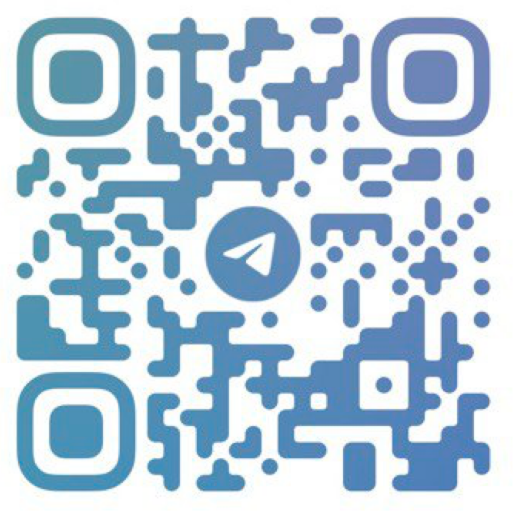Fusing Innovation and Economy: Unveiling Key Elements Shaping GameFi Game Development
Fusing Innovation and Economy: Unveiling Key Elements Shaping GameFi Game Development
Introduction
In recent years, a remarkable wave of transformation has swept through the gaming industry, intertwining entertainment and finance in unprecedented ways. This phenomenon is known as GameFi, a unique concept that ingeniously blends gaming with financial elements, creating a captivating new realm. Simply put, GameFi connects the virtual worlds within games with the financial markets of the real world. This concept not only alters our perception of gaming but also presents new opportunities for players and developers.
However, this innovation is not without its challenges. Issues of security and compliance need to be carefully considered. Nevertheless, GameFi has garnered attention and discussions within the industry. This article aims to briefly explore the key elements of GameFi games, outlining the fusion of creativity and finance in the gaming world.
Technical Innovation and Game Design
In the development of GameFi games, technical innovation serves as a vital driving force, leveraging innovations such as blockchain technology and smart contracts to establish ownership and transactions of digital assets. This introduces a new dimension to the gaming experience.
Firstly, the application of blockchain technology introduces decentralization to GameFi games, granting players direct ownership of virtual assets without being bound by game publishers. Smart contracts ensure transparent, secure, and tamper-proof asset transactions, eradicating issues seen in traditional games such as illicit trading and unfair behavior.
These technological innovations significantly impact gameplay and user experience. Players can genuinely possess in-game virtual items, whether equipment, items, or properties, imbuing games with higher engagement and enjoyment. Moreover, the free and flexible trading of assets between players establishes an entirely new virtual economic ecosystem.
In terms of game design, the economic model becomes a crucial consideration. To encourage active player participation, developers need to design appropriate economic incentive mechanisms. Typically, inflation and deflation mechanisms and scarcity designs directly influence the value of in-game virtual items and player behavior. Designing a rational economic model that allows players to earn profits through game participation and deepens their commitment and loyalty becomes a central goal of game design.
In conclusion, technological innovation opens up fresh possibilities for GameFi game development, integrating digital assets into the gaming world and restructuring game mechanics and economic models. This innovation will continue shaping the future of the gaming industry, fostering tighter interaction between players and games.
Economic Models and Incentive Mechanisms
The economic model within GameFi games, including inflation, deflation, and scarcity, directly impacts the value of in-game items. Player involvement in creating scarcity is guided by the economic model, determining the market and investment value of in-game assets.
Incentive mechanisms such as rewards, profit-sharing, and mining drive player engagement. Rewards stimulate activity, profit-sharing establishes a shared interest in the community, and mining converts input into returns, enticing players to invest time and resources.
In summary, economic models and incentive mechanisms form the core of GameFi games. They shape the value of in-game items, fuel player enthusiasm, and collectively build a thriving virtual economic world.
Community Building and Engagement
The community plays a pivotal role in GameFi game development. Community feedback, governance models, and player interactions collaboratively shape the game's growth and success. Community feedback serves as a driver for improvement, as player input aids in optimizing the gaming experience. Governance models allow players to participate in decision-making, enhancing engagement. Through community building, games achieve sustainable development. Players invest emotions and time, fostering loyalty. Community activities, competitions, discussions, and more promote interaction, reinforcing the social nature of the game.
In conclusion, the community is the foundation of GameFi. It ensures game optimization, propels long-term development through player engagement, and provides players a sense of belonging, becoming a crucial factor in game success.
Risks and Challenges
GameFi game development faces multiple risks and challenges, yet balance can be achieved to safeguard the interests of players and investors. Security and compliance stand as key challenges. Blockchain transactions might be vulnerable to hacking, and compliance could face regulatory constraints. Additionally, market fluctuations introduce risks. The volatility of virtual asset values might impact the returns of players and investors.
To address these challenges, developers must take measures. Strengthening security technology, auditing smart contracts, and increasing transaction transparency enhance safety. Collaborating with regulatory authorities ensures compliance. In the face of market fluctuations, transparent economic models and risk notifications assist players in making informed decisions. Additionally, establishing communication channels with the community and investors bolsters trust.
In conclusion, while risks are inevitable in GameFi games, leveraging technology, compliance, communication, and other means can ensure the interests of players and investors, enabling sustainable development in this field.
Analysis of Successful Case Studies
Taking "Axie Infinity" as an example, it employs inflation and scarcity designs to imbue in-game cards with real-world value. Players can earn profits by breeding and trading these cards, attracting significant player engagement. Furthermore, "Axie Infinity" emphasizes community building, granting players governance and decision-making power, enhancing social interaction and engagement. This game has achieved tremendous success in the market, attracting a large user base and investment.
"Decentraland" is a virtual reality world where players can buy, own, and build on virtual land, engaging in transactions. This project leverages scarcity and land value to create a genuine and unique virtual community. Players can experience the appreciation of land value in digital asset form, and this economic model has succeeded in the market.
In conclusion, successful GameFi game cases showcase the application of key factors such as technological innovation, economic models, and community building. These games meet player needs through innovation and gain recognition in the market. The uniqueness of each case offers valuable insights for the development of the GameFi field.
Conclusion
GameFi game development has made significant strides in areas such as technical innovation, economic models, and community building. Technical innovation seamlessly integrates gaming with finance, economic models incentivize active player participation, and community building encourages greater player involvement. With the continuous advancement of technology, we will witness more innovative applications, intricate economic models, and more robust communities. This field is poised to become a pivotal force in the gaming industry, shaping the future.
Please specify source if reproducedFusing Innovation and Economy: Unveiling Key Elements Shaping GameFi Game Development | CoinNav- Blockchain Trading Starts Here

